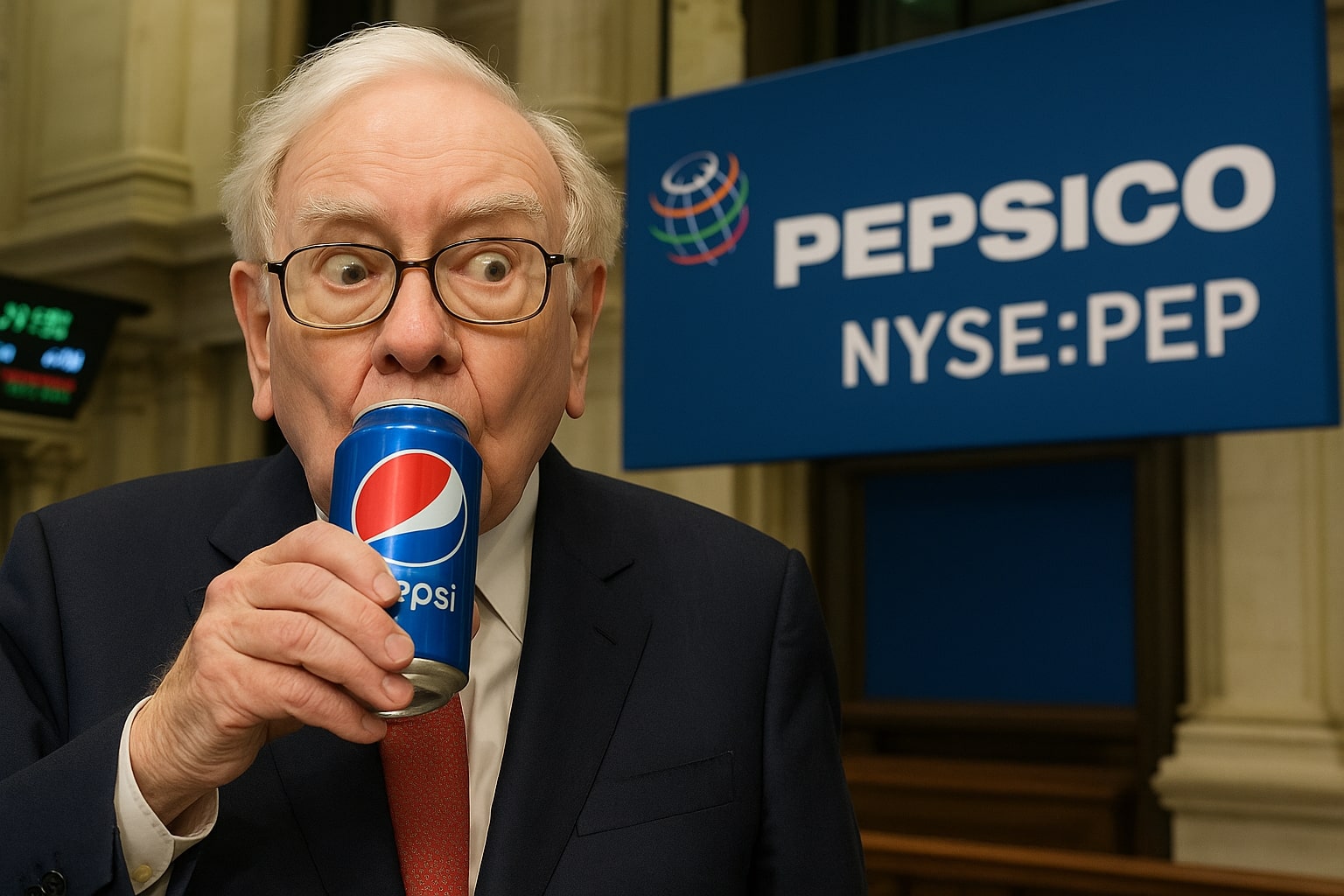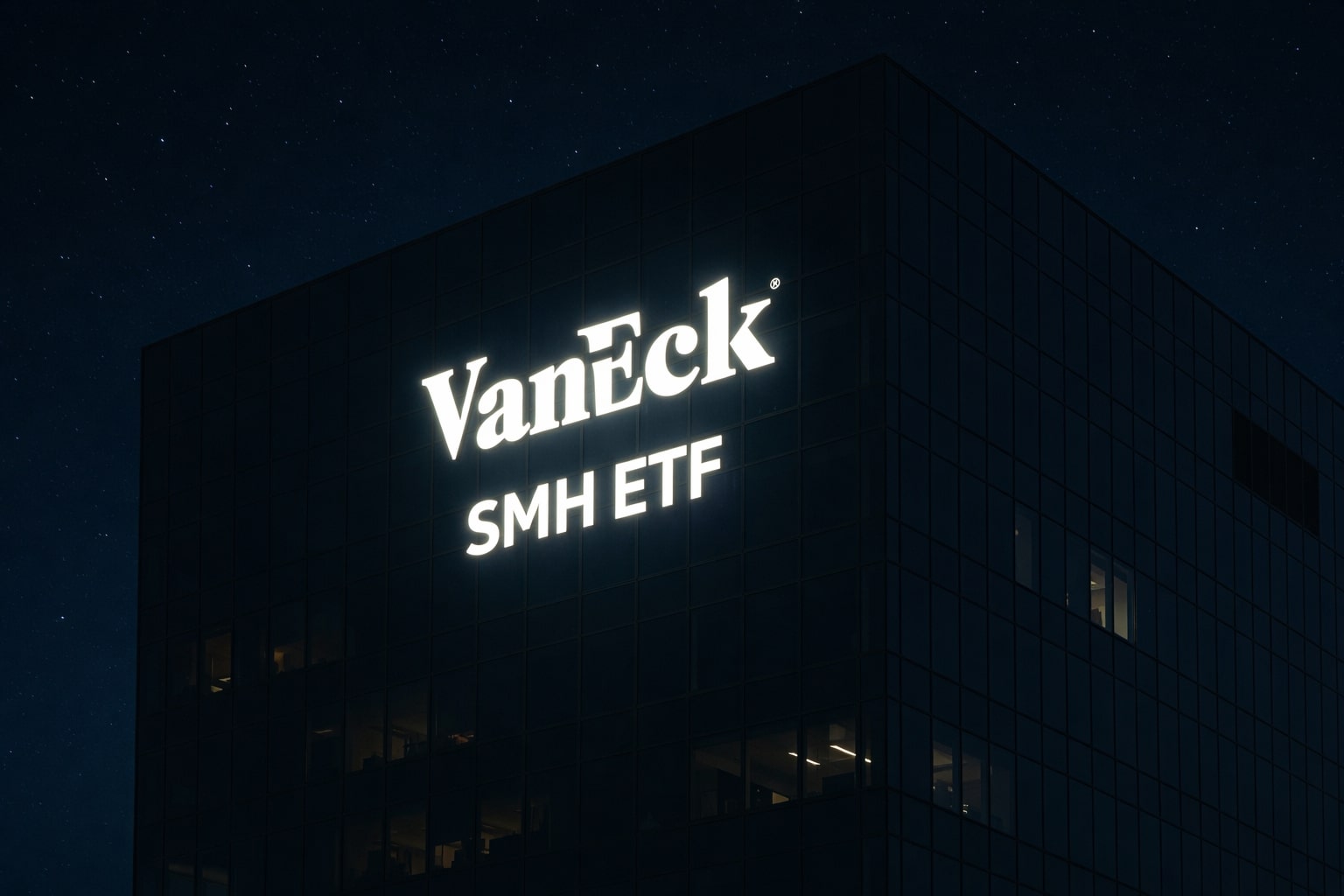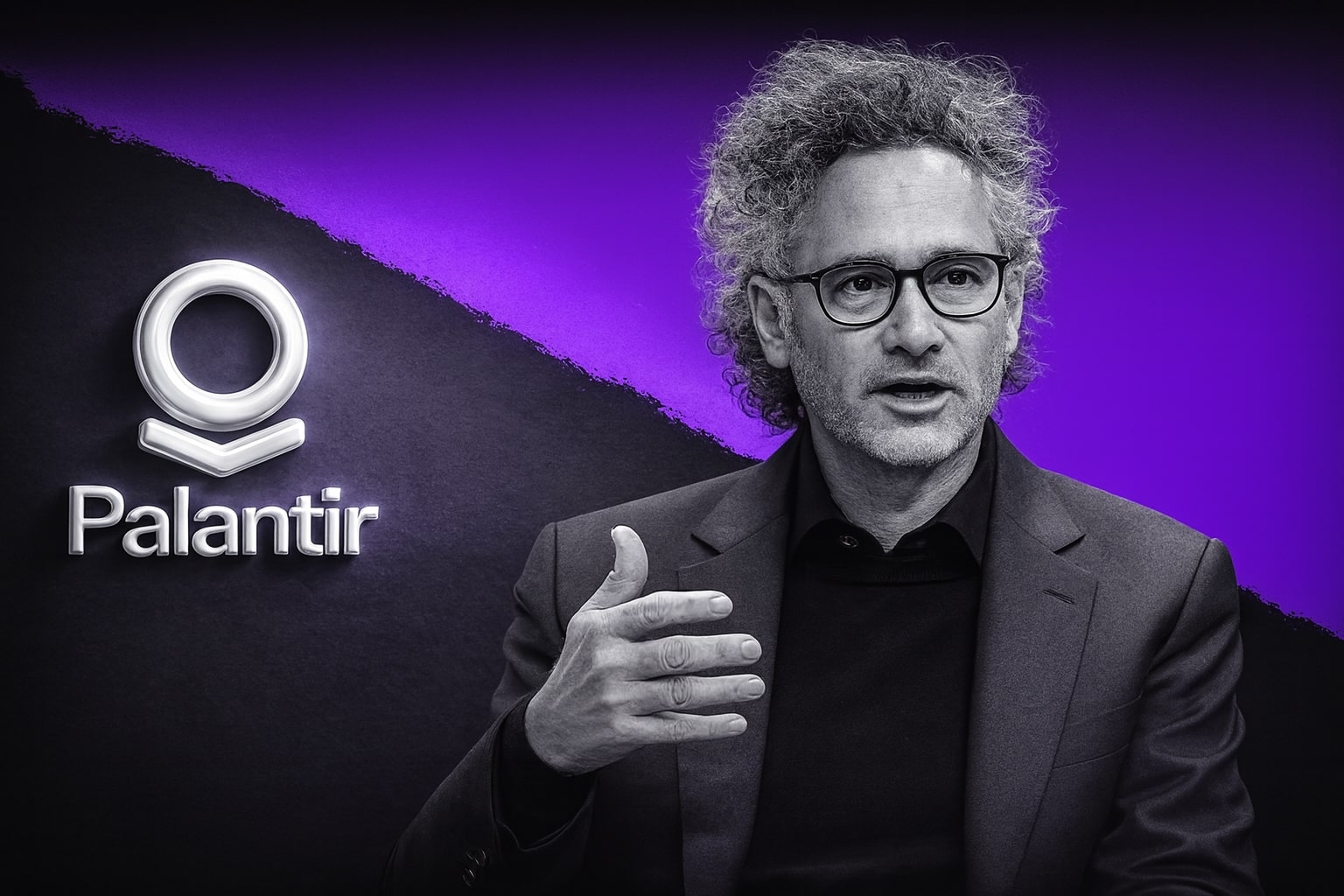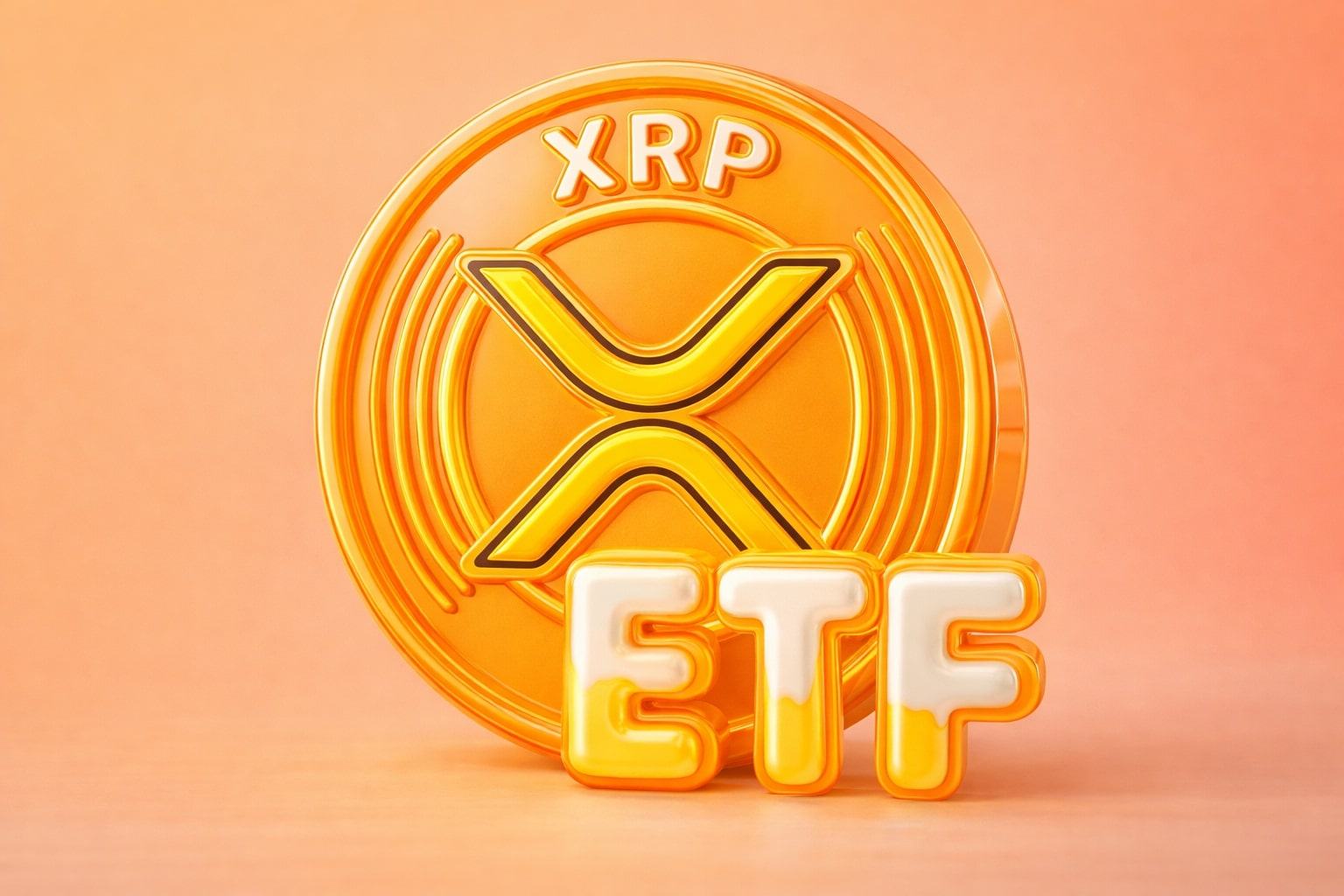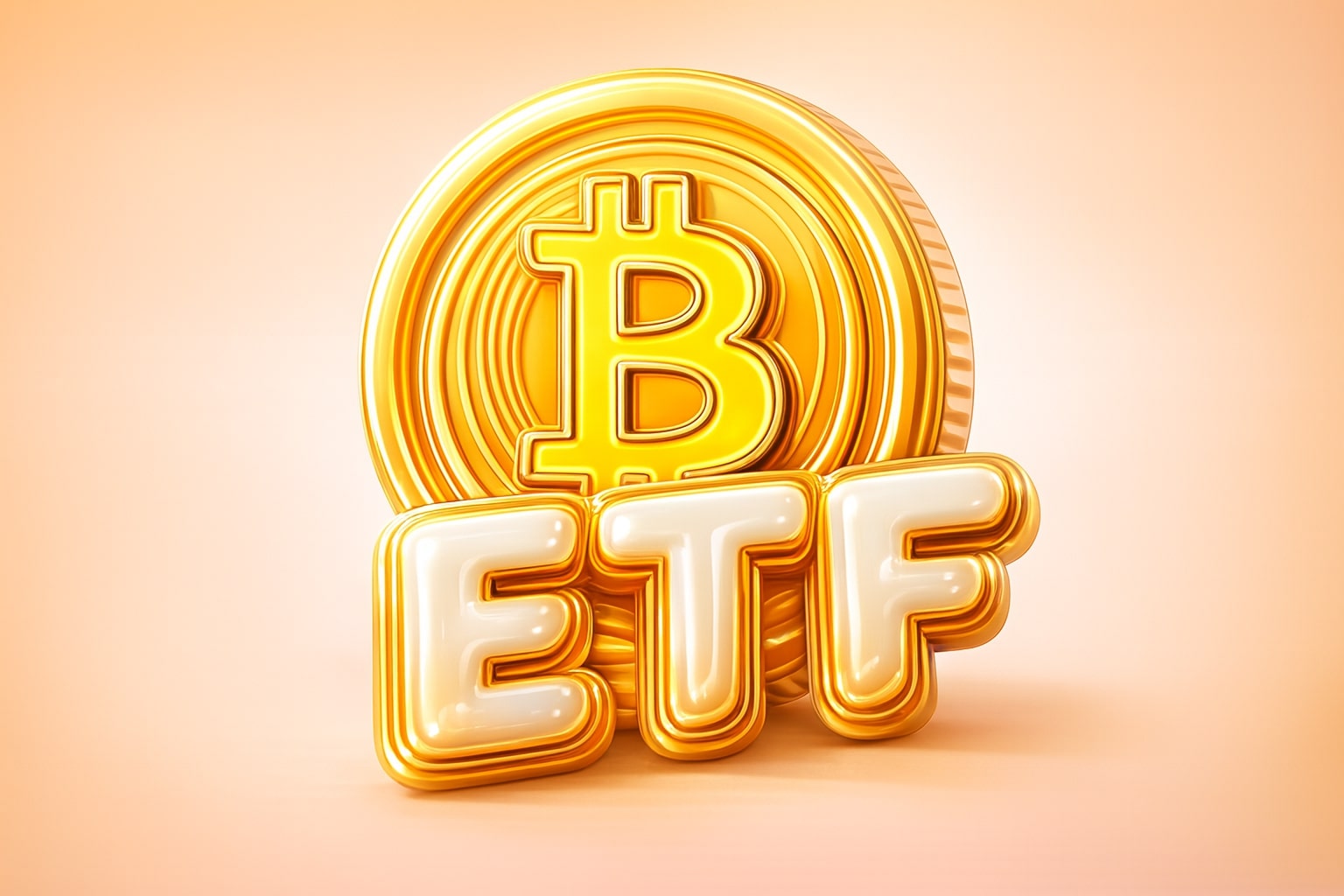PepsiCo (NYSE:PEP) Faces Challenges Amid Economic Uncertainty and Tariff Risks: Is the Stock Undervalued?
PepsiCo, Inc. (NYSE:PEP), a global powerhouse in salty snacks and non-alcoholic beverages, has been encountering headwinds in 2025, with ongoing macroeconomic challenges like tariffs and a shift in consumer behavior. Despite these obstacles, PepsiCo’s strong market position and dividend yield—currently over 4%—have led to growing interest among dividend investors. Yet, there are serious concerns regarding the company’s short-term earnings potential and its ability to navigate trade uncertainties effectively.
PepsiCo’s recent financial performance has shown mixed results, with revenue falling slightly by 1.8% to $17.92 billion for Q1 2025, while earnings per share (EPS) of $1.48 narrowly missed analyst expectations. This underperformance is attributed to declining volumes in key segments and challenges in the North American market due to rising costs and inflationary pressures. The forecast for FY 2025, which includes low single-digit revenue growth, has led to a downward adjustment in PepsiCo’s stock price, which is down approximately 12.9% YTD and around 24.5% over the past year. The stock has struggled to maintain momentum, currently trading at around $133.38, significantly below its fair value estimate of $176.88.
Despite these challenges, PepsiCo's long-standing leadership in salty snacks and beverages, along with its strong brand portfolio (which includes Doritos, Pepsi, Gatorade, and Mountain Dew), positions it as a resilient company in the long term. The firm has also been focusing on acquisitions, like the purchase of Sabra Dipping Company and licensing deals with companies such as AQUA Carpatica and Celsius. These strategic moves are intended to solidify PepsiCo's market dominance, particularly in health-conscious snack options, which align with growing consumer trends.
Will PepsiCo's Dividend and Stock Buybacks Offset the Risks?
PepsiCo has maintained a 53-year streak of dividend growth, earning it the coveted title of a “Dividend King.” However, despite the attractive 4% dividend yield, there are concerns regarding the safety of these payouts. The company’s free cash flow (FCF) has fluctuated but has steadily increased from $6.37 billion in FY 2020 to $7.19 billion in FY 2024. However, this did not fully cover the company’s dividend obligations, with an estimated $7.4 billion in dividends to be paid out in FY 2025. While PepsiCo’s balance sheet remains strong, with over $8 billion in cash and liquidity, its long-term debt, which stands at $39.4 billion, means the company is somewhat leveraged.
Despite this, PepsiCo remains committed to returning capital to shareholders through both dividends and a $1 billion share repurchase program in FY 2025. However, some analysts express concern that PepsiCo may be forced to reduce or pause its stock buyback plans, particularly if trade and economic challenges persist. This could lead to further downside for NYSE:PEP, especially given the stock’s current underperformance and the likelihood of continued volatility in the global markets.
How Are Tariffs and Trade Uncertainty Impacting PepsiCo's Earnings?
The biggest headwind for PepsiCo remains the uncertainty surrounding tariffs and their potential impact on global supply chains. PepsiCo's significant international presence means it is highly exposed to tariff fluctuations, particularly with markets like Europe and Asia. In addition to higher commodity costs, the U.S. administration’s trade policies, including a potential increase in tariffs on foreign goods, could drive up production costs for PepsiCo. This could impact the company’s ability to maintain profit margins in its key North American market, which accounts for 60% of its total revenue.
Management has already revised its earnings forecast for FY 2025, citing the pressure from tariffs, a potential slowdown in the global economy, and higher supply chain costs. The company now expects a 3% impact on EPS due to foreign exchange headwinds, translating to an estimated EPS of $7.91 for FY 2025. This represents a modest 3.8% increase from the previous year, but it falls short of initial expectations for low single-digit growth. PepsiCo’s ability to navigate these uncertainties will be critical to maintaining investor confidence.
PepsiCo's Competitive Advantage in the Beverage and Snack Industry
PepsiCo remains a market leader in both the salty snack and beverage sectors, with a diversified portfolio that spans across various product categories. However, competition is fierce, particularly from other global giants like Coca-Cola and Nestlé. PepsiCo’s ability to maintain its market position hinges on its marketing power, brand recognition, and scale. The company’s marketing and advertising budget allows it to sustain its dominance, particularly in high-growth categories such as sports drinks and healthy snack options.
Despite the competition, PepsiCo’s ability to innovate and extend its product offerings through strategic acquisitions is a key growth driver. In the past year, the company acquired the Sabra Dipping Company and made strategic licensing deals with brands like Celsius, expanding its reach into the health-focused beverage market. PepsiCo’s investment in healthier alternatives like Quaker and Tropicana further enhances its ability to cater to changing consumer preferences.
Is PepsiCo’s Stock Undervalued?
At its current share price of $133.38, NYSE:PEP is trading significantly below its fair value estimate of $176.88, according to a P/E-based valuation model. With a forward P/E ratio of approximately 16.6, PepsiCo is undervalued compared to its historical average. Using a more conservative P/E ratio of 22, analysts suggest that PepsiCo's stock could reach as high as $184.92, representing a potential upside of over 30% from its current level.
Given PepsiCo's steady revenue growth, strong market position, and attractive dividend yield, it remains a solid choice for dividend investors. However, the stock is likely to face near-term volatility due to macroeconomic pressures and trade uncertainty. If you are considering investing in NYSE:PEP, it may be prudent to wait for a better entry point, especially if the stock continues to test lower levels in the $130–$145 range in the near term.
For investors looking to track NYSE:PEP in real-time, you can monitor the stock’s performance and insider transactions through the Trading News chart and insider transactions.
**Final Thoughts on NYSE:PEP
PepsiCo is a resilient company with a long history of dividend growth and market leadership. However, the near-term outlook for NYSE:PEP remains uncertain due to trade headwinds, tariff impacts, and an overall challenging macroeconomic environment. The stock's current undervaluation and attractive dividend yield make it an appealing long-term investment for those focused on income generation. However, in the short term, the stock may face additional volatility, and investors should be prepared for potential fluctuations in the coming months. Given the ongoing risks, NYSE:PEP is best viewed as a hold for now, with potential upside for patient investors who are willing to ride out the volatility.














